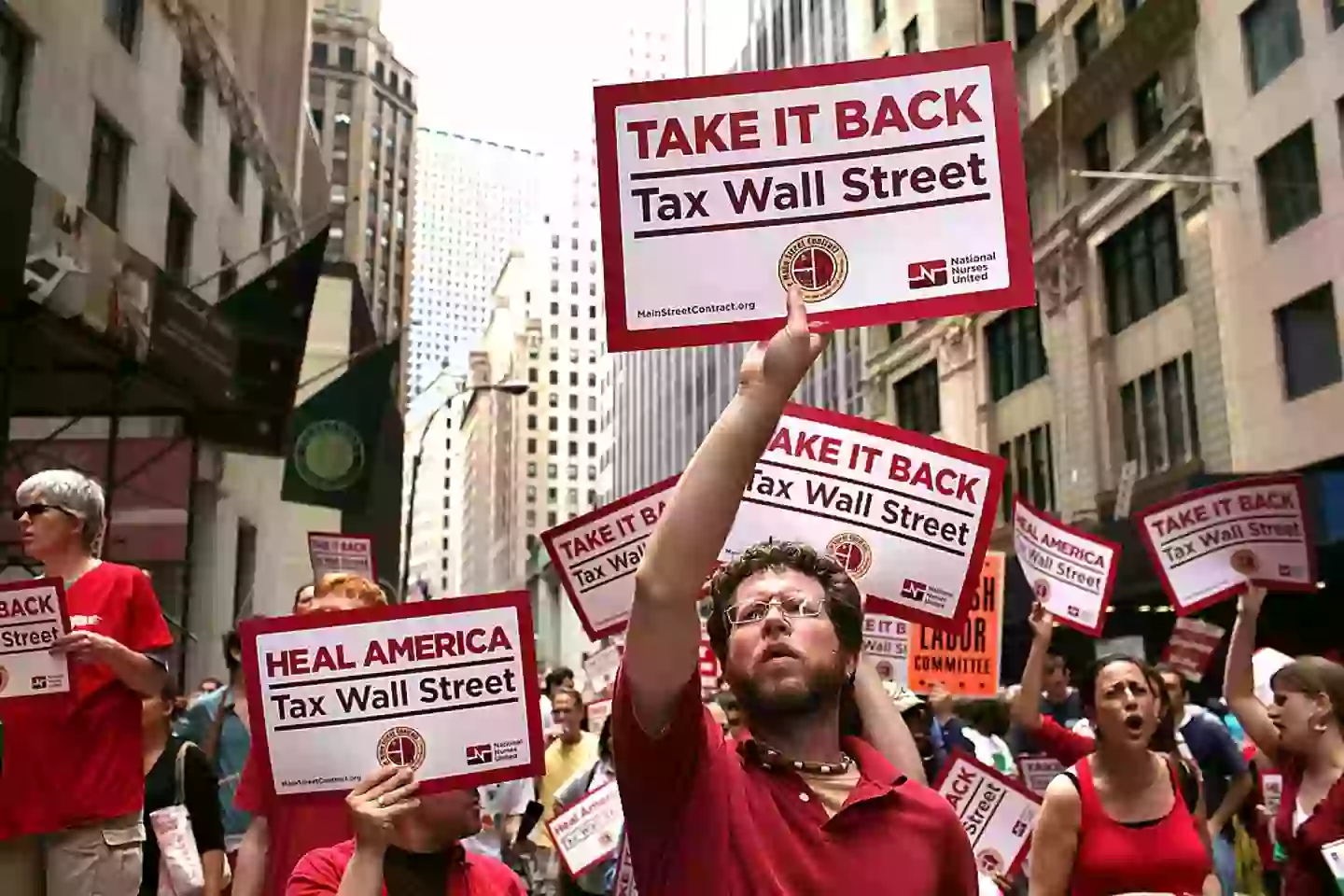
An economic study has revealed how much every American could have if $79 trillion was equally redistributed.
President Donald Trump has vowed to 'Make America Wealthy Again,' announcing on so-called 'Liberation Day' (April 2) a hefty list of global tariffs on foreign goods in a bid to boost the economy, jobs, and domestic industries.
Speaking from the White House, the POTUS said American workers have 'suffered gravely,' having been 'ripped off for more than 50 years.'
Advert
However, according to Independent Vermont Senator Bernie Sanders, the Republican Party has been preparing legislation to 'provide more tax breaks to billionaires' while slashing programs that 'working families need.'
To this end, an economic study on inequality by RAND, an American nonprofit global policy think tank and research institute, revealed nearly $80 trillion in wealth made by 90 percent of the US workforce since 1975 went to the top 1 percent.

According to the research, what caused this growth in economic inequality boils down to rising inflation and the cumulative cost of lost wages, with the share of income for the 90th percentile declining.
Advert
Meanwhile, the top one percent saw their average real income grow.
Over the course of 50 years, the disparity accounts for $1.58 trillion every year on average.
Taking the working population into account, the data provides some interesting insight into (roughly) how much every worker would have received, had wealth been fairly distributed.
In 1975, with a working population of 79.3 million, workforce would have taken home an extra $19,924.38 each per year.
Advert
And while this exposes just how wide the gap was between the working and upper classes just five decades ago, the situation hasn't really improved much in recent years.

Based on a workforce of 108 million in 1985, the average worker would have earned an eye-watering $14,629.93 extra, had the scales been balanced.
Fast-forward to 1995, and based on a larger working population of 129.7 million, workers would have taken home an extra $12,181.96. And considering the workforce grew to 154.4 million in 2005, workers still lost out to the tune of $10,233.16 each.
Advert
That sum barely budged over the course of another decade, as by 2018 and based on a workforce of 156.3 million, American workers would have an extra $10,108.77.
Commenting on the RAND report, Sanders said: "Over and over again, my Republican colleagues have expressed their deep concern about the redistribution of wealth in America, and they are right.
“The problem is that it has gone in precisely the wrong direction."
The senator went on to slam the income and wealth inequality in the US today as 'not only morally unjust' but 'profoundly damaging to our democracy'.
Advert

The author concluded in the study that if we had the same income distribution as in 1975, the majority of workers could have received an extra $3.9 trillion in 2023, which Sanders said equates to a $32,000 a year rise among the bottom 90 percent.
"Given this reality, we cannot provide another $1.1 trillion tax break to the top 1 percent by making massive cuts to healthcare, housing, education and nutrition assistance as President Trump and Republicans in Congress want to do," Sanders continued. "We must do the exact opposite.”
Topics: Bernie Sanders, Donald Trump, Money, Politics, US News